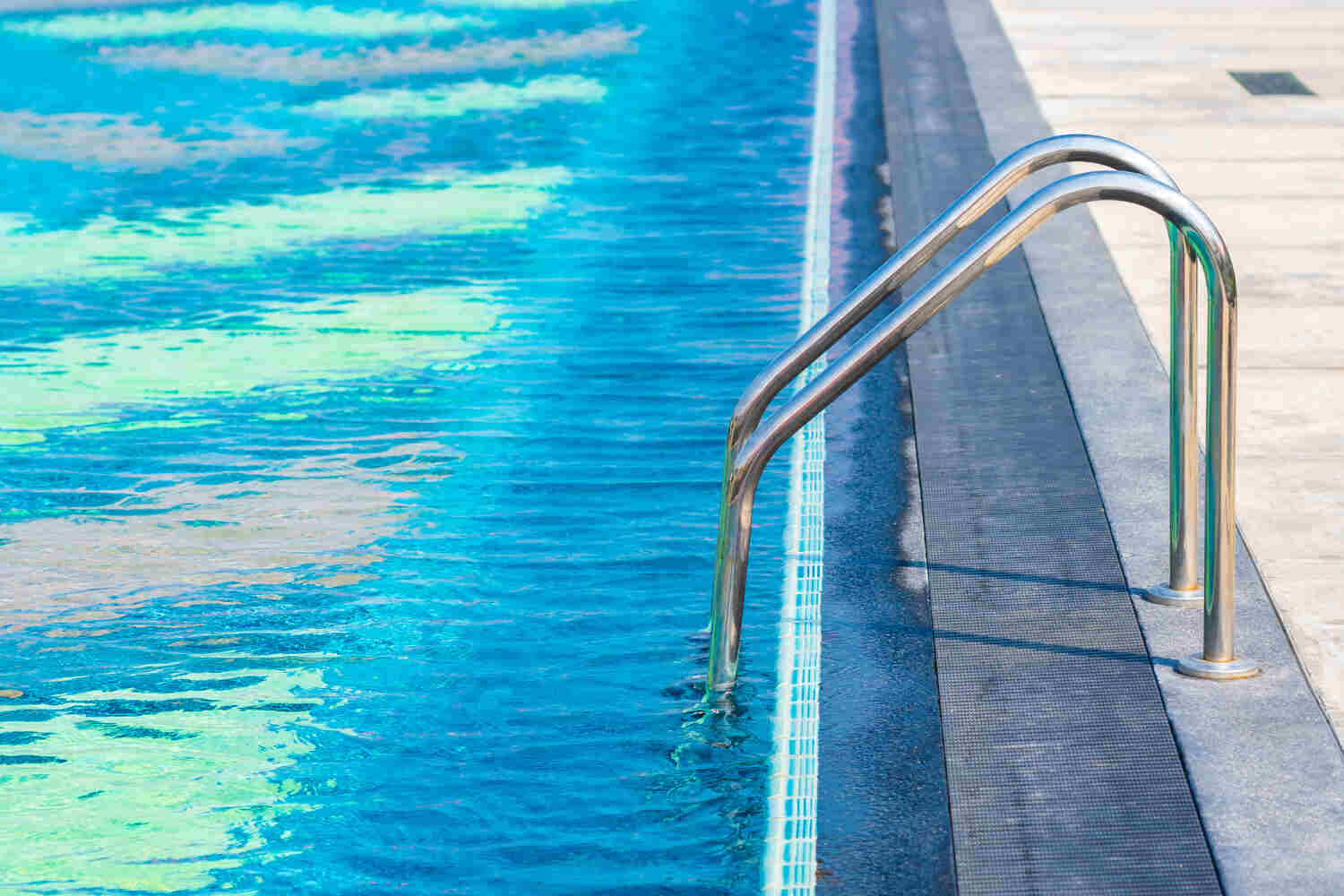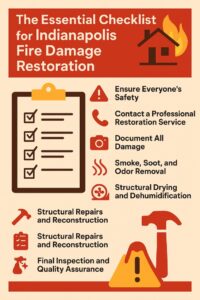A boat boarding ladder is more than just an accessory; it’s a crucial safety feature. Whether you’re getting on or off the boat, a sturdy ladder ensures that everyone can do so safely and comfortably. Without a proper ladder, climbing onto a boat can be risky, particularly for children and elderly passengers. A reliable ladder provides stability and minimizes the risk of slips and falls, making your boating experience both safe and enjoyable.
Moreover, a well-chosen ladder can significantly enhance the convenience of boarding, especially after swimming or during fishing activities. It can transform a potentially strenuous climb into an easy and seamless transition, thereby improving overall accessibility for all passengers. In emergency situations, a boat boarding ladder can be a lifesaver, providing a quick and reliable way to get back on board. The peace of mind that comes with knowing you have a dependable boarding solution cannot be overstated, especially when it comes to ensuring everyone’s safety.
Types of Boat Boarding Ladders
There are several types of boat boarding ladders available, each designed to meet specific needs and preferences. Understanding the differences between these ladders will help you make a more informed decision and select the one that best fits your boating activities and vessel type. Here are some of the most common types:
Bass Boat Boarding Ladder
Bass boats are popular among fishing enthusiasts. These boats often require a specialized ladder due to their unique design. A bass boat boarding ladder is typically compact and easy to deploy, allowing anglers to enter and exit the boat efficiently. These ladders are essential for those who frequently fish in different locations and need quick access to the water.
Bass boat ladders are often designed to be lightweight and portable, ensuring they do not take up too much space on the boat. Many models are engineered to withstand rough handling and are made from durable materials to resist wear and tear. This makes them ideal for frequent use in various fishing environments. The ease of deployment is also a crucial factor, as it allows for quick access to the water, enabling anglers to respond swiftly to changing fishing conditions.
Boat Dock Ladders
Boat dock ladders are installed on docks and provide a safe way to get in and out of the water. They are especially useful for swimming and water activities around the dock area. These ladders are usually made of durable materials like aluminum or stainless steel, ensuring they withstand harsh marine conditions.
In addition to their durability, boat dock ladders are designed with user convenience in mind. They often feature wide, non-slip steps that provide a secure foothold, even when wet. Some models also include handrails for added safety, making it easier for swimmers to climb out of the water. Dock ladders can be a permanent fixture, providing a reliable and long-lasting solution for frequent swimmers and water sports enthusiasts.
Marine Ladders
Marine ladders are versatile and can be used on a variety of boats. They come in various designs, including folding and telescopic options, making them suitable for boats with limited space. Marine ladders are known for their durability and resistance to corrosion, which is crucial when exposed to saltwater environments.
These ladders are adaptable, often featuring adjustable lengths and mounting positions to accommodate different boat types and user needs. The folding or telescopic designs allow for easy storage, ensuring the ladder does not obstruct movement or take up valuable deck space. Marine ladders also frequently incorporate non-slip surfaces and ergonomic designs to enhance safety and comfort during use.
Choosing the Right Boat Boarding Ladder
Selecting the right boat boarding ladder requires careful consideration of several factors. Choosing the appropriate ladder will not only enhance safety but also improve the overall boating experience by ensuring ease of use and accessibility for all passengers.
Boat Type and Size
The type and size of your boat play a significant role in determining the right ladder. Different boats have varying heights and designs, so it’s important to choose a ladder that fits seamlessly with your boat’s structure. A mismatch can lead to difficulties in boarding and potential safety hazards.
Consider the specific boarding needs of your boat, such as the height from the waterline and the typical boarding scenarios you encounter. For instance, a ladder suitable for a small sailboat may not be appropriate for a larger yacht. Custom-fit options are available for specific boat models, ensuring a perfect match and optimal functionality.
Material
Boat ladders are typically made from materials like aluminum, stainless steel, or heavy-duty plastic. Each material has its advantages. Aluminum is lightweight and resistant to rust, while stainless steel offers superior strength and durability. Consider the environment in which you’ll be boating to select the most suitable material.
Heavy-duty plastic ladders are also an option, offering a cost-effective solution that is both lightweight and resistant to corrosion. However, they may not provide the same level of strength as metal ladders. Evaluate your specific needs, including the frequency of use and exposure to harsh conditions, to determine the best material for your ladder.
Ease of Installation and Use
A good ladder should be easy to install and use. Some ladders come with mounting brackets, making installation straightforward. Additionally, consider ladders that are easy to deploy and retract, ensuring convenience for all passengers.
Look for ladders with intuitive designs that allow for quick adjustments and secure attachments. Ease of use is particularly important in emergency situations, where quick access can be critical. Test the ladder if possible before purchase to ensure it meets your expectations for functionality and ease of handling.
Weight Capacity
Ensure the ladder you choose can support the weight of the heaviest person using it. Most ladders have a weight capacity label, which is important for safety reasons. Overloading a ladder can lead to structural failure and accidents.
Consider the typical passenger load on your boat and choose a ladder with an appropriate weight limit. It’s also wise to choose a ladder with a higher capacity than needed to accommodate unexpected situations or additional gear that may be carried during boarding.
Installation and Maintenance Tips
Installing and maintaining your boat boarding ladder properly ensures its longevity and functionality. Regular maintenance not only extends the life of the ladder but also ensures it remains safe and reliable for every use. Here are some tips to consider:
Installation
- Follow Manufacturer Instructions: Always adhere to the installation guidelines provided by the manufacturer to ensure the ladder is securely mounted. Proper installation is crucial for safety and performance.
- Proper Placement: Position the ladder in a location that is easy to access from both the water and the boat. Consider the boat’s layout and how passengers will approach the ladder. A well-placed ladder minimizes the risk of accidents and enhances boarding efficiency.
- Secure Mounting: Use appropriate hardware and mounting brackets to secure the ladder. A wobbly ladder can be dangerous, so ensure it is firmly attached. Regularly check the mounting points for any signs of looseness or wear.
Maintenance
- Regular Cleaning: Rinse the ladder with fresh water after each use, especially if you’ve been in saltwater. This prevents corrosion and keeps the ladder in good condition. Salt and other residues can cause significant damage over time if not removed.
- Check for Wear and Tear: Regularly inspect the ladder for any signs of damage or wear. Tighten any loose bolts and replace damaged parts promptly. Regular inspections help identify potential issues before they become serious problems.
- Store Properly: If your ladder is removable, store it in a dry, covered area when not in use. This prolongs its lifespan and keeps it ready for the next boating adventure. Proper storage prevents exposure to the elements, reducing the risk of corrosion and wear.
Enhancing Safety with Additional Features
To further enhance safety and convenience, consider ladders with additional features. These extra features can significantly improve the boarding experience, providing added security and ease for all users.
Non-Slip Steps
Non-slip steps provide extra grip, reducing the risk of slipping, especially when the ladder is wet. Look for ladders with textured or rubberized steps for added safety. Non-slip surfaces are essential in preventing accidents, particularly in wet and slippery conditions.
These steps are especially beneficial for families with children or elderly passengers, offering additional security and confidence when boarding. The enhanced grip provided by non-slip steps is a simple yet effective way to increase the ladder’s safety.
Handrails
Handrails offer additional support when climbing in and out of the boat. They are particularly useful for those who need extra stability, such as children or elderly passengers. Handrails provide a reliable point of contact, helping to balance and steady individuals as they climb.
Consider ladders with ergonomic handrail designs that are comfortable to grip and positioned for maximum effectiveness. Handrails can also serve as an added safety feature during turbulent conditions, providing reassurance and stability.
Folding or Telescopic Designs
Folding and telescopic ladders are great for saving space on the boat. They can be easily stowed away when not in use, preventing clutter and ensuring the ladder is out of the way during transit. These designs are particularly useful for smaller boats where space is at a premium.
The ability to fold or retract the ladder also enhances its portability and ease of storage. When choosing a folding or telescopic ladder, ensure that it is easy to operate and that the mechanisms are robust and reliable.
Conclusion
A boat boarding ladder is an indispensable tool for safe and enjoyable boating. By choosing the right ladder for your boat and maintaining it properly, you can ensure that everyone on board can access the water with ease and safety. Whether you need a bass boat boarding ladder for fishing excursions or a marine ladder for general use, understanding the different types and features will help you make an informed decision. Prioritize safety, durability, and convenience to enhance your overall boating experience.
Investing in the right boarding ladder is not just about compliance with safety norms but also about enriching your time on the water. A well-chosen ladder can transform your boating experience, making it more accessible and enjoyable for everyone involved. By considering the specific needs of your boat and passengers, you can select a ladder that offers the perfect balance of functionality and safety, ensuring countless memorable days on the water.









